Numerous media firms are finding it challenging to adapt to the continuous disruption as new digital technologies, increased consumer demands, and changing cultural norms upend economic structures. The customer is still in control of the decision-making process thanks to the enormous expansion in content, the rise in content players, and creative services. A few themes are emerging as consumers and the industry attempt to define the home entertainment sector’s future. Many people are still confused about their alternatives for entertainment at home or on the road even while consumer expectations are continuing to climb.
For instance, they could hear a lot of talk about a new program but not be aware of the network or over-the-top (OTT) streaming service that transmits it. Many people are also attempting to perform their calculations to decide which conventional and OTT services to subscribing to—the magic combination of offers that will deliver them an appropriate line-up of content at the greatest price.
A radical change in perspectives.
Some consumer elements, such as watching habits, interests, attitudes, and demographics, are extremely evident despite the confusion that many of today’s customers may feel about their digital entertainment options. There is a vast ocean of consumer-related data out there, and it is expanding quickly as consumers access new information, click on advertisements, utilize new platforms and devices kinds, interact with companies on social media, and go about their everyday digital lives.
Mobile advertisements on customers’ phones are unimportant, according to 67% of users. When asked if they would be open to receiving location-based advertising on their cellphones, more than half of the people questioned said they would. Advertisers may be able to reach more customers if they make their commercials more pertinent—especially geographically—and by making skippable ad segments more attractive in the first few seconds.
Owning the client
The relationship between content creators and owners of distribution networks will probably get closer as a result of significant industry mergers that are now under consideration. Putting aside concerns about net neutrality, a company that can function at the nexus of content production, content distribution, and user experience stands to benefit greatly. A company of this type would possess unheard-of “ownership” over the consumer.
It could get comprehensive, in-depth knowledge of its clients. They could receive hyper-targeted advertising from it. It could direct consumers to its own or its partners’ content and then market advertisements or other services related to that content. It could manage the whole customer experience and monitor the connection at every stage, knowing who accesses what material using which device and tracking that relationship along the way.
Approximately 23% of those surveyed stated they don’t think they’re making the most of their data management platform right now.
Little format, great opportunity?
The definition of “binge-able material” is subject to alter as long as consumers continue to favor binge-watching and as long as enough producers produce enough content to satisfy demand. The hyper-connected consumer of today has access to material outside of their house, including on public transportation, in doctor waiting rooms, while waiting to meet friends, while waiting to pick up the kids from school, and in coffee shops. The windows of connected availability may not always be well suited for traditional-length binge-able entertainment.
Short-form content that viewers may consume throughout the day presents real opportunities for content producers to cash in on the binge-watching craze and fill in the gaps.
Currently, fifty percent of Americans watch short-form material (e.g., clips from TV programs, news segments, user-generated content, and music videos).
Let’s have a conversation.
Your business may have to make significant decisions on technological enablement, market prospects, and other issues as home entertainment continues to evolve and the industry works to stay ahead of obstacles. More than a vision of what is possible will likely be needed to establish oneself as a leader. Insight-driven plans must be able to be created and successfully carried out.


